TL;DR
- Compensation is the salary and financial rewards employees receive, while benefits are non-monetary perks like health insurance and retirement plans.
- Key compensation types include base salary, bonuses, equity options, and overtime pay.
- Employee benefits like health coverage, PTO, and wellness programs play a major role in satisfaction and retention.
- HR is crucial in designing compensation strategies, ensuring compliance, and advocating for employees’ needs.
- Regular reviews of compensation and benefits help companies stay competitive and meet employee expectations.
Introduction
Labor costs can account for as much as 70% of a company’s total expenses. This makes employee compensation and benefits one of the largest financial commitments for most organizations. Yet, despite its significance, many HR professionals spend only a fraction of their time managing the complexities of these costs. The imbalance between the importance of this area and the attention it receives can lead to inefficiencies and missed opportunities.
Compensation & benefits are central to attracting, retaining, and motivating talent. While salary is often the focal point, employee benefits are just as crucial in ensuring long-term satisfaction and productivity. By building a thoughtful strategy, organizations can optimize these areas to align with both employee needs and company goals, all while managing costs effectively.
This guide will walk you through the essential components of compensation & benefits, highlighting how HR professionals can design better compensation structures, ensure legal compliance, and make informed decisions that benefit both the employees and the bottom line. Let’s start by breaking down what compensation and benefits entail.
What is Compensation and Benefits?
Compensation refers to the direct financial rewards employees receive in exchange for their work, while benefits are the non-financial perks that enhance the overall employee experience. Understanding these elements is key to crafting a balanced and competitive offering.
Compensation is the monetary aspect of an employee’s total reward package. This includes base salary, bonuses, commissions, and equity, such as stock options. These forms of compensation are directly linked to the employee’s role, experience, and the value they bring to the organization.
On the other hand, benefits are non-monetary rewards provided to employees, such as health insurance, retirement plans, paid time off, and wellness programs. While compensation is often the primary focus in discussions about pay, benefits play an equally important role in a comprehensive employee compensation package.
Overall, compensation typically affects the employee’s paycheck, while benefits may be offered as a package or part of a long-term retention strategy. Benefits might not always have a direct financial impact on the employee immediately, but are often valued throughout an employee’s career.
Now that you have an understanding of what compensation and benefits are, let’s explore the different types that make up these crucial components.
Types of Compensation
The structure of compensation is multifaceted, with various types designed to meet different business and employee needs. In addition to base salary, employees can receive performance-based rewards and long-term incentives. Let’s break down the main types of compensation.
- Base Salary: This is the fixed amount an employee earns annually or hourly, determined by the role, industry, and market rates. It is the foundation of most compensation packages.
- Variable Pay: This is performance-based compensation, such as bonuses or commissions. Variable pay rewards employees for meeting specific goals or sales targets, and it’s often used to motivate and incentivize high performance.
- Equity Compensation: Offered primarily to higher-level employees or in startups, equity compensation includes stock options, grants, or other forms of company ownership. It aligns employees’ interests with the company’s long-term success, motivating them to contribute to its growth.
- Overtime and Shift Pay: For employees working outside regular hours, additional compensation is provided. Overtime pay is usually calculated at a higher hourly rate, while shift pay compensates employees for working during non-standard hours, such as night shifts.
Now that you are familiar with the different types of compensation, let’s turn our attention to the essential benefits that companies offer to employees to ensure satisfaction and retention.
Types of Employee Benefits
Benefits are an important part of the total compensation package, offering employees security and peace of mind. These perks not only improve employee well-being but can also significantly impact recruitment and retention efforts.
- Health Insurance: A fundamental benefit for most employees, health insurance typically covers medical, dental, and vision care. Offering a strong healthcare plan helps employees stay healthy and reduces their out-of-pocket costs for medical services.
- Retirement Plans: These include employer-sponsored pension plans or 401(k) contributions. By providing financial support for the future, companies encourage long-term loyalty and help employees plan for their post-retirement years.
- Paid Time Off (PTO): Vacation days, sick leave, and public holidays are key benefits that support work-life balance. Offering paid time off helps employees rest and recharge, leading to increased productivity and job satisfaction.
- Wellness Programs: Mental health support, fitness programs, and employee assistance programs (EAPs) are increasingly popular. These benefits are designed to improve employees’ overall health, reduce stress, and increase job satisfaction.
- Other Perks: Flexible working hours, remote work options, childcare support, and education stipends are becoming more common as organizations try to meet the diverse needs of their workforce.
With compensation and benefits now well understood, it’s important to recognize why these components are vital for both the business and the employee experience.
Why Compensation and Benefits Are Important?
Compensation and benefits are not just expenses; they are investments that play a critical role in shaping a company’s success. The right approach can enhance recruitment, reduce turnover, and keep employees motivated.
- Attract Talent: Competitive compensation and benefits packages are essential for attracting top talent. Offering above-average pay and valuable benefits can set your company apart from competitors in the hiring process.
- Retain Employees: The cost of turnover can be significant. A well-designed compensation and benefits plan can help keep employees satisfied, reducing the likelihood of them seeking opportunities elsewhere.
- Boost Morale: Employees who feel adequately compensated are more likely to be engaged and productive. Fair compensation practices contribute to a positive work environment and improved employee morale.
- Align with Company Goals: Compensation packages that link performance to company success help employees understand their role in achieving organizational goals. This alignment encourages employees to contribute actively to the company’s growth and success.
Now that you understand why compensation and benefits matter, let’s look at the role HR plays in ensuring these strategies are effective.
What is HR’s Role in Compensation and Benefits?
HR is pivotal in designing, implementing, and maintaining compensation and benefits strategies. By working closely with leadership, HR ensures these offerings align with organizational goals while meeting employee expectations.
- Strategic Planning: HR plays a critical role in assessing market trends and creating compensation strategies that are competitive yet sustainable. They must ensure that the structure aligns with the company’s financial situation and long-term objectives.
- Employee Advocacy: HR professionals serve as advocates for employees, ensuring their compensation and benefits needs are met while balancing company resources. By staying in tune with employee expectations, HR can make adjustments as needed.
- Compliance: Compliance with labor laws, tax regulations, and industry standards is crucial. HR must ensure that compensation and benefits packages adhere to local, national, and international regulations.
Now that you understand HR’s integral role in compensation and benefits, let’s explore how companies can measure the effectiveness of their compensation and benefits programs to ensure they’re delivering the desired outcomes.
Compensation Metrics: Measuring Effectiveness
Measuring the impact of compensation and benefits is crucial for identifying areas of improvement and ensuring the company’s investment is paying off. Let’s take a look at the key metrics HR can use to assess the effectiveness of these programs.
- Market Competitiveness: How does your company’s compensation compare to industry standards? HR should regularly benchmark compensation packages to ensure they are attractive to potential and current employees.
- Internal Equity: Are employees in similar roles compensated fairly? Internal equity ensures there are no discrepancies in pay for employees performing the same or similar tasks.
- Cost-to-Company (CTC): This includes all elements of compensation, including base salary, bonuses, benefits, and allowances. Tracking CTC ensures the company is keeping compensation within budget.
- Employee Satisfaction: Regular employee surveys can provide insights into how satisfied employees are with their compensation and benefits. This helps identify areas for improvement and shows whether current offerings are meeting expectations.
With these metrics in mind, let’s move forward and take a closer look at the essential terms every HR professional should be familiar with in the compensation and benefits field.
Compensation and Benefits Terms You Should Know
The compensation and benefits field is full of specialized terms. Understanding these is key to making informed decisions and communicating effectively with other departments and employees.
- Total Compensation: This is the sum of all monetary and non-monetary benefits an employee receives, including salary, bonuses, benefits, and perks.
- Fringe Benefits: These are additional benefits that go beyond the core offerings, such as company cars, meal allowances, or travel reimbursements.
- Incentive Pay: A type of variable compensation that rewards employees for achieving specific performance goals, such as meeting sales targets or completing projects.
- Taxable and Non-Taxable Benefits: Some benefits, like health insurance or transportation allowances, may be tax-exempt, while others, like bonuses, are taxable.
With these essential terms in hand, let’s take a closer look at the roles involved in managing compensation and benefits.
Compensation and Benefits Jobs: Roles in the Field
There are several key roles in the HR department responsible for overseeing compensation and benefits strategies. Let’s take a look at the main positions that manage these critical areas.
- Compensation Analyst: Compensation analysts research and develop compensation structures, ensuring they align with industry standards and company goals.
- Benefits Manager: Benefits managers are responsible for designing, implementing, and administering employee benefits programs. They ensure compliance and manage relationships with benefit providers.
- HR Business Partner: An HR business partner works closely with senior leadership to develop compensation strategies that support business objectives and organizational culture.
With the right people in place, companies can ensure their compensation and benefits strategies run smoothly.
Conclusion
Designing and managing effective compensation and benefits strategies is essential for attracting and retaining top talent while controlling labor costs. Companies that invest time and effort into developing competitive packages see better employee engagement, reduced turnover, and enhanced productivity.
At TeamLease, we provide comprehensive payroll management and compliance services across multiple countries, ensuring strict adherence to local regulations and seamless employee compensation processing.
Whether you’re managing compensation for a small team or a global workforce, TeamLease can help you navigate the complexities and create a strategy that works for you. Reach out today to get started.
FAQs
Q: What’s the difference between compensation and benefits?
A: Compensation is the pay employees receive, like their salary or bonuses, for the work they do. Benefits are the perks that come with a job, such as health insurance, retirement plans, and paid time off. Compensation is typically taxable, while some benefits might not be.
Q: How do companies determine what compensation to offer?
A: Companies usually consider industry standards, the role’s responsibilities, the local labor market, and employee performance when deciding on compensation. They often benchmark against competitors to stay competitive in attracting talent.
Q: Why are employee benefits so important?
A: Employee benefits contribute to overall job satisfaction and loyalty. They help employees feel valued beyond just their paycheck, supporting their health, well-being, and work-life balance. Strong benefits packages can also improve retention rates.
Q: How often should a company review its compensation and benefits?
A: It’s a good practice for companies to review their compensation and benefits packages annually. This helps ensure they remain competitive, compliant with regulations, and aligned with employee expectations.
Q: What is the role of HR in compensation and benefits management?
A: HR is responsible for designing, managing, and ensuring that compensation and benefits are aligned with company objectives. They also ensure compliance with laws and regulations while making sure the offerings meet employee needs and expectations.







